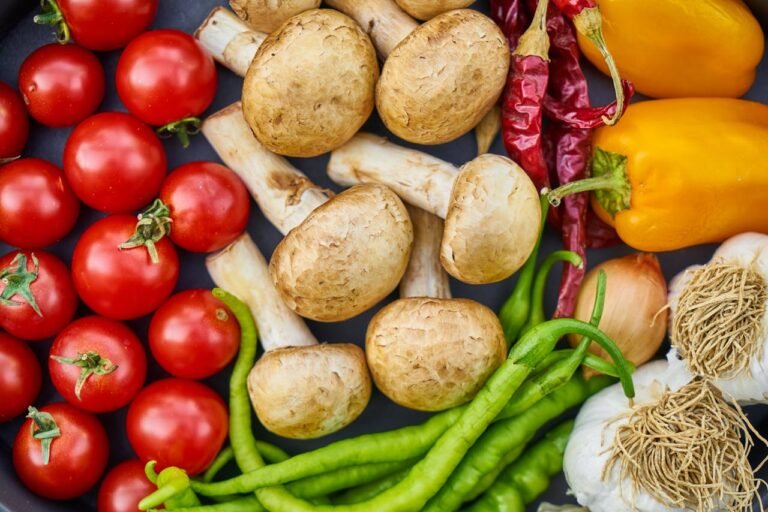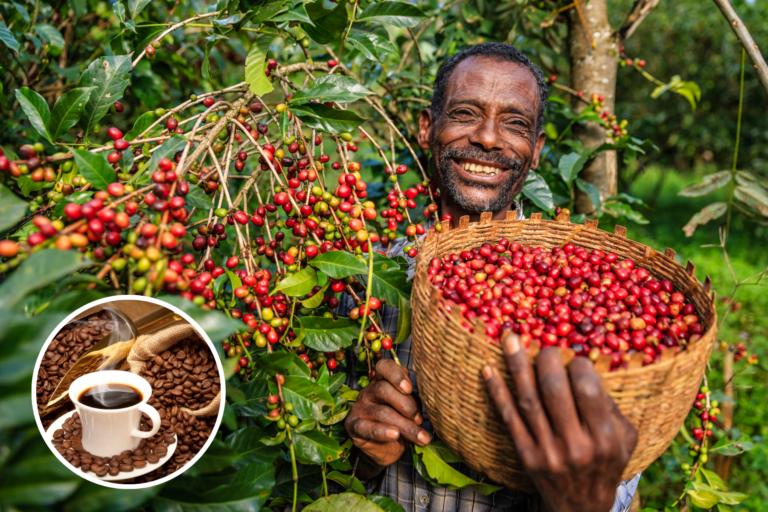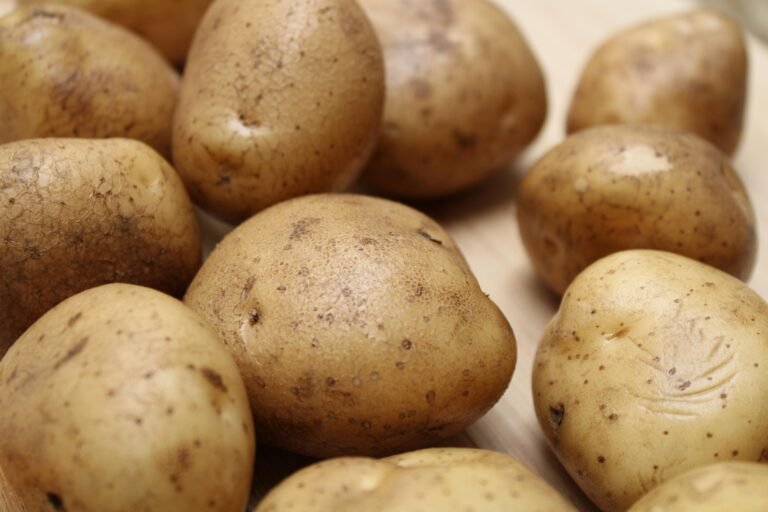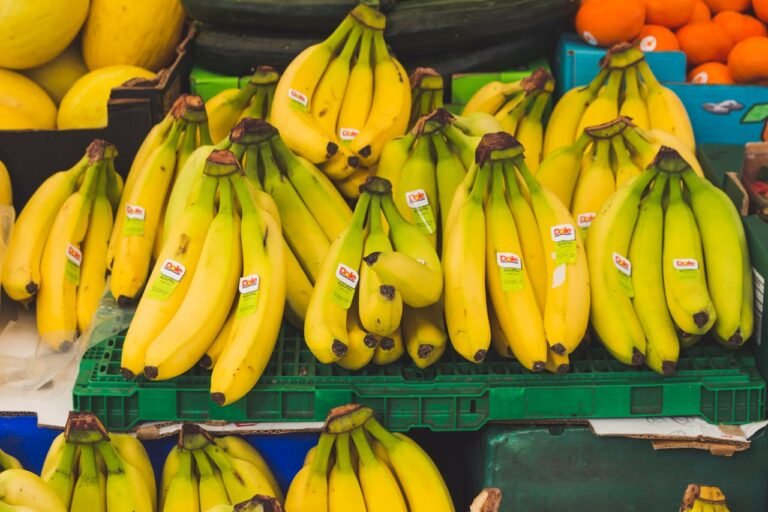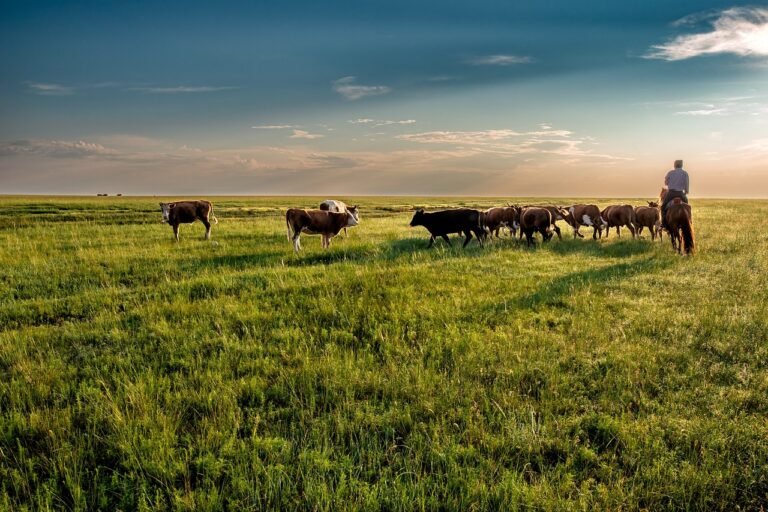
When it comes to food, few topics are as universally relevant as meat consumption. Meat plays a significant role in diets around the world, shaping cultures, economies, and even traditions. Across the globe, meat is not just food; it’s a symbol of hospitality, a centerpiece of celebrations, and a vital source of nutrition. The types of meat people consume often reflect the history, geography, and values of their societies. As global populations grow and dietary patterns evolve, understanding the significance of different meats can offer insights into both our shared humanity and our unique cultural identities.
The United Nations Food and Agriculture Organization (FAO) provides a fascinating look into global meat consumption patterns. According to their data, pork, poultry, beef, and goat/sheep meat are the top choices worldwide. These meats not only nourish billions but also drive significant economic activities, from farming and processing to distribution and retail. Let’s explore the five most consumed meats in the world, examining why they are so popular and where they hold particular importance.
1. Pork
Pork, the reigning champion of global meat consumption, accounts for 36% of the world’s meat intake. This popularity is largely driven by its deep-rooted presence in many culinary traditions, especially in China, which is the largest consumer of pork. Pork’s rich flavor and versatility make it a staple in a variety of dishes, from sausages and bacon to roasts and stews.
Economically, pork is relatively affordable and easy to produce, which further boosts its consumption. An interesting fact about pork is that in China, the government maintains a strategic pork reserve to stabilize prices and supply, highlighting its critical role in the national diet.
2. Poultry
Coming in second, poultry makes up 33% of global meat consumption. Chicken is particularly favored for its lean protein content, affordability, and quick production cycle. This meat is a dietary staple in many countries, including the United States, China, and Brazil. Chicken’s versatility allows it to fit seamlessly into a wide range of culinary traditions, from American fried chicken to Chinese stir-fries and Brazilian barbecues. One notable trend is the growing consumption of chicken as people become more health-conscious and seek alternatives to red meat.
3. Beef
Beef holds the third spot with 24% of the world’s meat consumption. Renowned for its rich taste and high nutritional value, beef is a key component of many Western diets. The United States, Brazil, and Argentina are among the largest consumers and producers of beef. In these countries, beef is not just food but a cultural icon, central to traditions like American barbecues and Argentine asados. However, the beef industry faces challenges due to environmental concerns, particularly related to greenhouse gas emissions and land use. This has sparked interest in sustainable beef production practices and alternatives like plant-based meats.
4. Goat meat
Goat and sheep meat, accounting for about 3% of global consumption, are particularly popular in regions such as South Asia, Africa, and the Middle East. These meats are highly valued for their distinctive flavors and nutritional benefits. Goat meat, or chevon, is leaner and often considered healthier than other red meats. Economically, goats are easier to raise in arid regions, making them a vital source of income and nutrition in developing countries. A notable trend is the increasing popularity of goat meat in Western countries, driven by immigrant communities and a growing interest in diverse culinary experiences.
5. Lamb
Lamb also plays a significant role in global diets. It is especially popular in the Middle East, Mediterranean, and parts of Europe. Countries like Australia, New Zealand, and the UK are major consumers of lamb. This meat is often associated with special occasions and religious festivals, such as Easter and Eid. An interesting fact about lamb is that in New Zealand, where sheep farming is a major industry, a significant portion of the lamb produced is exported to meet global demand.
Conclusion:
In conclusion, these five meats—pork, poultry, beef, goat, and lamb—are integral to diets around the world, each with its own unique cultural, economic, and nutritional significance. As global trends shift, with increasing awareness of health and environmental impacts, the landscape of meat consumption is likely to continue evolving. What are your thoughts on these meats, and do you have a favorite? Share your insights and preferences—let’s continue the conversation on this universally fascinating topic.


